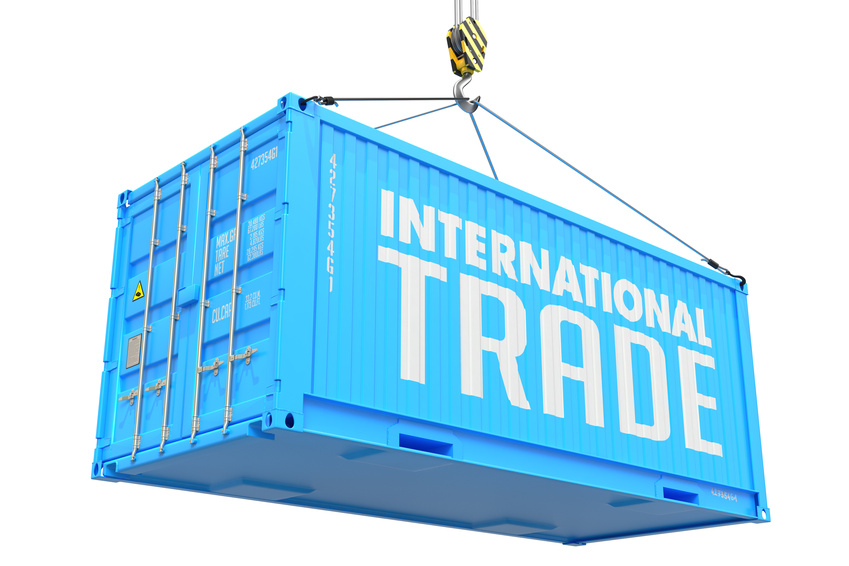With the ascension of the Trump administration, there is a question whether the investor-state dispute settlement (“ISDS”) provisions under the NAFTA will survive. This note examines the potential effects of such a repeal on investors in NAFTA countries.
NAFTA contains 22 chapters dealing with trade and governance issues. NAFTA Chapter 11, titled “Investment,” deals with each state’s treatment of investments made by nationals of other NAFTA parties. Chapter 11 provides protections against mistreatment of investments, such as expropriation and discrimination. Aggrieved foreign investors can bring independent arbitration proceedings against the host state, demanding compensation for losses resulting from the state’s offending measures. Such arbitration proceedings can be brought before the International Centre for the Settlement of Investment Disputes or on an ad hoc basis. Chapter 11 has been a topic of much discussion due to large claims being brought against the NAFTA parties by investors.
There are several possibilities of changes to NAFTA that could affect investors and the NAFTA protections they enjoy. First, the Trump administration could seek to change the Chapter 11 provisions. Second, the Trump administration, along with Mexico and Canada, could eliminate Chapter 11 entirely. Third, the US could unilaterally withdraw from NAFTA in its entirety.
There is substantial speculation that the elimination of the ISDS protections in NAFTA could be the new administration’s first NAFTA target. For example, last December CNN Money began an article as follows:
President-elect Donald Trump is clear: Starting Day 1, he wants to renegotiate or withdraw from NAFTA, the free trade deal among three countries: America, Canada and Mexico.Trump’s pledge begs the question: Where do you start?
Trump could begin with a controversial chapter of NAFTA that some experts believe gives corporations an incentive to create jobs across the border by giving them too much power to skirt and battle foreign government laws.
It’s in Chapter 11 of NAFTA and it’s called the investor-state dispute settlement or ISDS.
It gives US corporations the power to sue the Canadian or Mexican government on regulations they say impose a burden on their business operations in those countries. It doesn’t matter if the regulation is in the public’s interest or that their local competitors have to abide by the same rules. Instead of going to a Canadian or Mexican court, US corporations can head straight to an arbitration panel allowed by NAFTA. The panel ultimately decides who is right or wrong, and can slap countries with stiff fines.
The clause has drawn sharp criticism and support from trade experts.
More recently, The Globe and Mail reported that “Wilbur Ross, chosen by US president-elect Donald Trump to reshape US trade policy, has informed Canada that rules of origin and independent dispute tribunals will be central to talks aimed at resetting the North American free-trade agreement.”
To make an “America First” case to the American public, the Trump administration may highlight the $15 billion claim against the United States currently pending before a NAFTA arbitration panel. The case was filed last year by TransCanada, a Canadian company that alleges it was damaged by the Obama administration’s negative decision on the Keystone XL pipeline.
It should be noted that with regard to Chapter 11, the US has fared much better than its counterparts. Although the US has had 21 NAFTA claims lodged against it, the US has never lost a case. In contrast, Canada has had 39 claims lodged against it, resulting in damage awards of more than $160 million, most of which went to American companies. Mexico has had 24 cases lodged against it, resulting in damage awards totaling more than $200 million. While US companies have benefitted from obtaining awards against Mexico and Canada, the US government has escaped any liability under Chapter 11.
If the Trump administration did decide to eliminate Chapter 11 from NAFTA, it would still of course have to reach agreement with Canada and Mexico on this issue. Barring a renegotiation of NAFTA, withdrawal from NAFTA entirely would be the other option. Article 44(1) of the Vienna Convention on the Law of Treaties states that the right to withdraw from a treaty “may be exercised only with respect to the whole treaty unless the treaty otherwise provides or the parties otherwise agree.”
NAFTA itself provides likewise. NAFTA Article 2205 states that a “party may withdraw from this Agreement six months after it provides written notice of withdrawal to the other Parties. If a Party withdraws, the Agreement shall remain in force for the remaining Parties.”[1] This means that if the US does decide at some point to withdraw from NAFTA, this withdrawal would take six months to take effect. During that six month period, it is possible that covered investors could bring NAFTA claims and that arbitral tribunals would find that they had jurisdiction to hear those claims.
This issue of bringing claims in the six-month withdrawal period has been examined in a similar context. The ICSID Convention, which governs many investor-state arbitrations, has a provision that allows for withdrawal after a six-month period. Venezuela gave notice of withdrawal from the ICSID Convention in 2011, triggering the six-month withdrawal period. Several claimants brought suits against Venezuela under the ICSID Convention during the six-month withdrawal period. Venezuela argued that these claims should be dismissed because it had already given its withdrawal notice. The tribunals which have decided this issue disagreed with the Venezuelan position. In Venoklim v. Venezuela, for example, the tribunal held that Venezuela’s interpretation would result in immediate effect of termination and would render useless the six-month withdrawal period. The purpose of such a withdrawal period, according to the Venoklim tribunal, is to allow investors to be able to bring such claims.
NAFTA claims can be started by delivering to the host state a notice of intent to submit a claim to arbitration, followed by a request for arbitration. Such notices and requests can provide minimal information and do not need to necessarily lay out detailed specifics regarding the factual issues or legal claims. Accordingly, investors should consider submitting notice of intent to bring claims during a six-month withdraw period, even if they are unsure as to whether they would ultimately prosecute their claims.[2]
Moreover, even after the expiration of the six-month period, US investors may not necessarily be left without any options to protect their investments. Investors with existing investment contracts with Mexico or Canada would still have the protections afforded in those contracts. Such contracts typically provide for certain protections and a forum for resolving any disputes. Those contracts would continue to have effect and could form the basis of ISDS claims against the governments if they so provide.
Investors – prior to making large investments – could also seek investment contracts directly with the governments of Canada or Mexico. If such contracts are not possible, investors could nevertheless attempt to structure their investments to obtain investment treaty protection. Mexico has 30 bilateral investment treaties (“BITs”) in force. This include BITs with the Netherlands and the United Kingdom. Canada has 33 BITs in force. Most of these treaties provide investor protection that meets or exceeds the protections offered in Chapter 11 of NAFTA. Thus, a US company seeking to benefit from such protections could structure its contract/investment by using a special purpose vehicle created in a state that has a BIT with Canada or Mexico and thus potentially benefit from that treaty, rather than NAFTA. Canadian and Mexican citizens could likewise attempt to structure their contracts/investments to fall under the dozens of BITS to which the US is a party.
It is worth noting that investment structuring such as this does not always succeed. Some tribunals have rejected claims by investors where the entity in question does not have a bona fide presence. In Phoenix Action v. Czech Republic, for example, the tribunal rejected the investors’ claim because the investors had allegedly abused the process. The tribunal held that the “unique goal of the ‘investment’ was to transform a pre-existing domestic dispute into an international dispute subject to ICSID arbitration under a bilateral investment treaty.”
In many other cases, though, tribunals have allowed claims by investors even where the investors have apparently structured their investment to obtain treaty protection. For example, in Tidewater v. Venezuela, the tribunal upheld a claim by Tidewater, which had just months before the adverse state action transferred its ownership to a Barbadian corporation.
US and foreign investors should pay close attention to the actions of the Trump administration regarding NAFTA and other agreements that include ISDS provisions.
[1] The Trump Administration should be able to withdraw from NAFTA without Congressional approval. NAFTA was enacted pursuant to the Trade Act of 1974, which provides for presidential authority to negotiate agreements dealing with tariff and non-tariff barriers. Section 125 of this Act allows the President to terminate and withdraw from these agreements.
[2] Investors may even argue that claims should be allowed after the end of the six-month window. If, for example, the complained of state actions occurred prior to the withdrawal from NAFTA, an investor could argue that it was seeking to take advantage of the treaty protections in place at the time of the dispute in question. An investor might also be able to provide evidence regarding assurances from the government regarding such protection or reliance in some way. Such claims would have to examined on a case-by-case basis.







